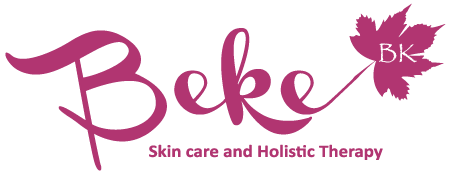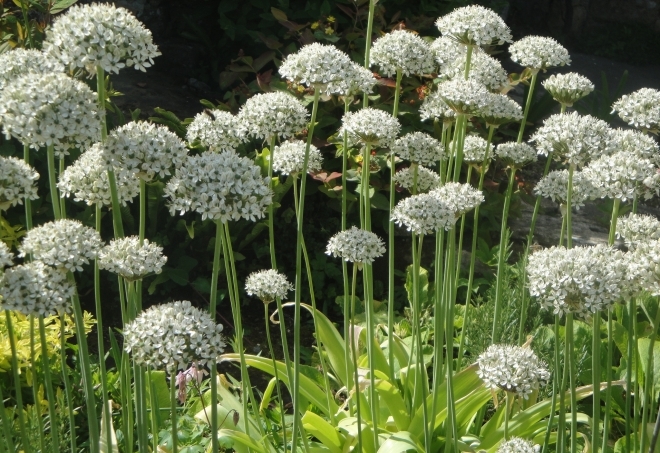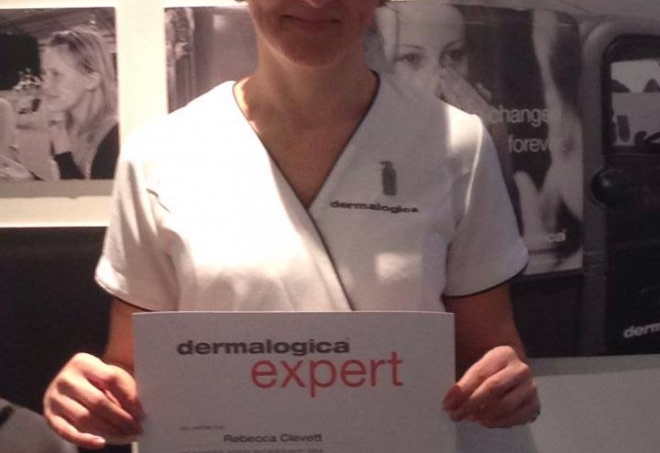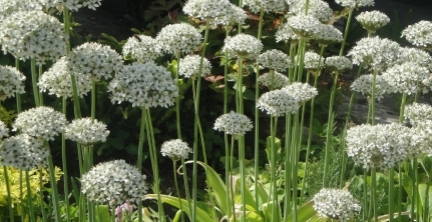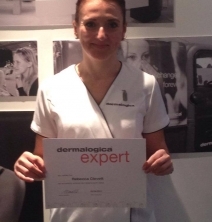Welcome
My name is Rebecca.
Beke (pronounced bk) Skincare is set in a white garden in the grounds of a converted Chapel. Beke is a Hungarian word meaning peace…This is what you are promised when you visit.
The white garden resembles peace,calm and tranquility.The motif the maple leaf resembles our skin ,bodies and minds ever changing through the seasons of life.
I look forward to caring for you and offering you peace and tranquility
Rebecca Clevett
Recent Testimonials
Latest News From Beke
Frequently Asked Questions
Both physical and chemical exfoliants work to remove dulling surface cells for a brighter, smoother surface. Physical exfoliants use friction together with grains or particles to mechanically remove dead skin cells. This can be achieved through a brush or gentle abrasive ingredients such as Corn Cob Meal, Rice Bran or Oatmeal. Depending on the amount of friction or massage over the skin and the nature of the abrasive, results may vary. Steer clear of scrubs made from ground-up fruit pits or nut shells, which actually scratch and irritate skin. Chemical exfoliants smooth skin by dissolving the intercellular “glue” that attach skin cells to the skin’s surface. Chemical exfoliants can also digest the cells as well. Hydroxy acids like Lactic and Salicylic Acid, Retinol, and enzymes are a few examples of chemical exfoliants.
When a hyperpigmented area is exposed to UV light, more melanin production is triggered on a cellular level, causing further darkening.
Ironically, melanin production and further darkening of skin is just your skin trying to protect itself from UV light. But this can cause the strictest of brightening regimens to fail to produce results. Daily application of a minimum of SPF30 will help shield skin from UV light to control melanin production on a cellular level.
The signs of skin aging are caused by intrinsic and extrinsic factors.
Intrinsic aging is the normal, genetic process of physical change over time, and begins the minute we’re born.
Extrinsic aging is aging caused by external factors like our environment and lifestyle.
This is another misinterpretation: milk doesn’t trigger acne or breakouts. It’s the hormones produced by cows that are found in milk that can actually overstimulate oil glands and cause overproduction of oil.
As cows that give milk are pregnant most of their lives, the natural hormones that occur during pregnancy are found in the milk you drink. The reason that milk products cause acne is because milk contains hormones that “turn on” oil glands. It is not yet known if hormones injected into cows cause any difference in the level of natural hormones in milk.
Absolutely not. Sun exposure is never good for skin.
While it may seem the sun provides a temporary “drying” effect, sebaceous glands will fire into overdrive to help replace lost oil. The result: more oil on the surface than before. Shielding skin from sun exposure with an oil-controlling SPF such as Oil Free Matte Block SPF20 will actually help control oil production and maintain a matte finish.
Following a prescribed regimen that helps control oil production will help minimize your risk for breakouts.
